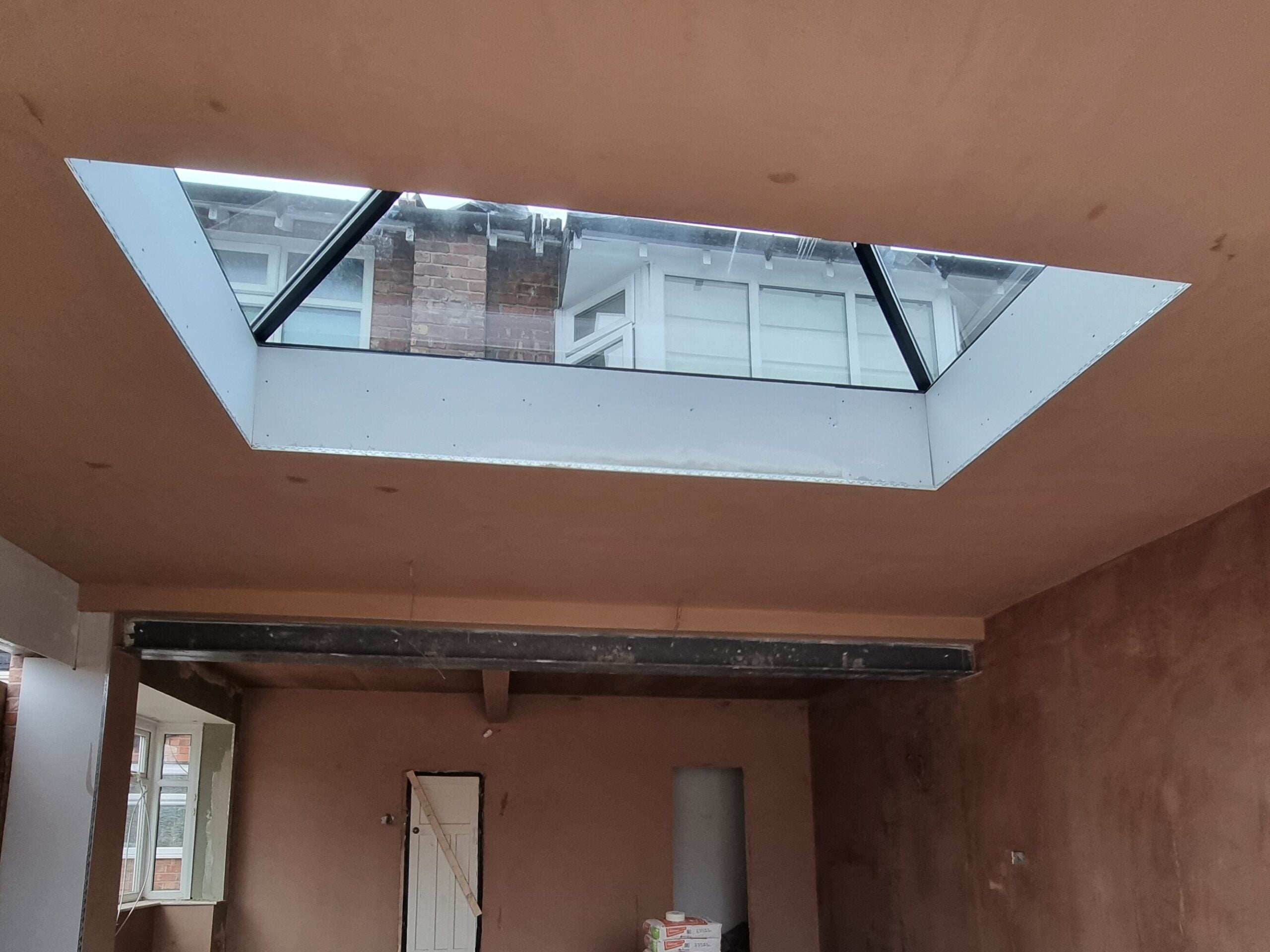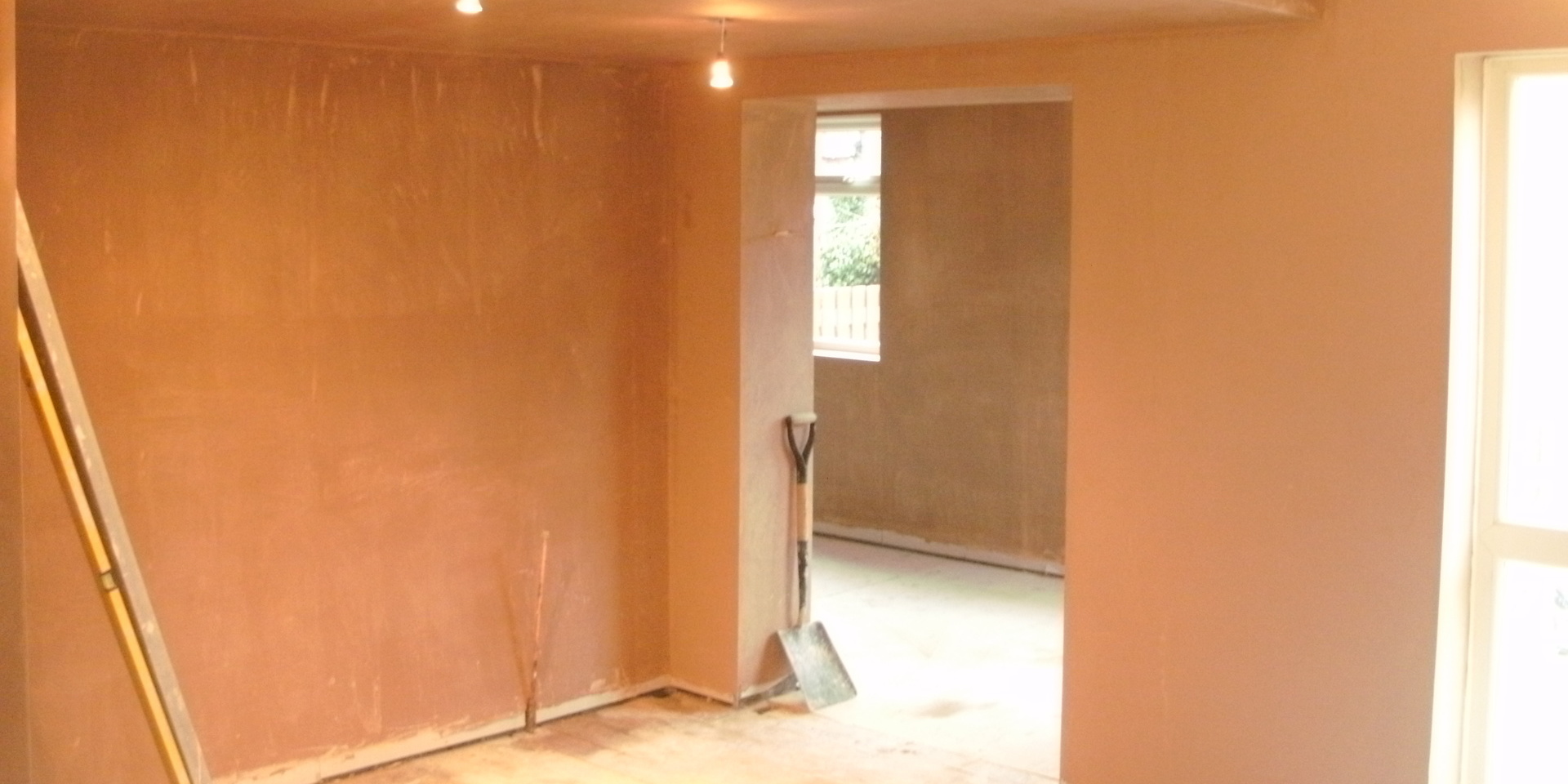Interior Plastering: Quality Handiwork for Flawless Wall Surfaces
Wiki Article
Comprehending the Essential Techniques of Plastering for Home Improvement Projects
In the realm of home improvement, understanding the crucial methods of plastering can significantly enhance both the performance and aesthetic charm of a space. The plastering procedure encompasses important phases, from meticulous surface area prep work to the exact application of materials.Types of Plastering Strategies
Although different plastering strategies exist, each offers an one-of-a-kind purpose and provides distinct aesthetic top qualities. One of one of the most typical approaches is typical lime plastering, which is known for its breathability and versatility. This technique is specifically valuable for older frameworks, permitting wetness to escape while keeping structural honesty.Another extensively made use of method is gypsum plastering, which includes the application of a quick-setting substance. It gives a smooth finish and is optimal for interior walls and ceilings, making it a preferred selection in contemporary building and construction. For a more textured appearance, trowel-on plastering strategies such as stucco and Venetian plaster are often used. Stucco, typically used in exteriors, supplies durability and weather condition resistance, while Venetian plaster is renowned for its glamorous, refined finish.
Additionally, there are much more specialized techniques, such as skimming, which is a procedure that involves applying a thin layer of plaster over existing surfaces to create a smooth finish. Each of these techniques can substantially influence the overall aesthetic and performance of a space, making it important to select the suitable approach based upon the particular requirements of a job.

Tools and Materials Needed

Important tools and products are critical for successful plastering, guaranteeing both performance and quality in the application process. A comprehensive plastering toolkit normally includes a hawk, trowels, and a float. The hawk works as a system to hold the plaster, while the trowels, offered in numerous sizes, are vital for application and smoothing. A float, typically made of rubber or sponge, is made use of to achieve a consistent coating.

Safety gear can not be overlooked; security safety glasses, handwear covers, and masks are important to secure against dirt and debris. Finally, a strong ladder might be needed for reaching higher locations, guaranteeing safety while operating at elevation. Purchasing top quality devices and materials inevitably adds to a much more successful smudging task, yielding a long lasting and cosmetically pleasing surface. Effectively furnished, you prepared for reliable gluing and home enhancement.
Step-by-Step Plastering Refine
With the right devices and products in hand, the next phase involves implementing the plastering procedure with accuracy. Begin by preparing the surface to ensure optimal bond. Remove any loosened particles, dirt, or old plaster, and apply a bonding representative if required.As soon as the surface is prepped, mix the plaster according to the manufacturer's instructions, accomplishing a smooth, lump-free consistency. Making use of a trowel, use the initial layer, understood as the scratch layer, to a density of about 5-10 mm. Ensure uniform coverage, and utilize a comb or scratcher to develop grooves for far better attachment of subsequent layers.
After enabling the scrape coat to establish partly, use the 2nd layer, or the brownish coat, smoothing it out for an even surface. Use the finishing layer, which should be thinner and smoother.
As soon as the plaster has actually dried thoroughly, it can be fined sand gently to remove flaws. Follow up with a primer prior to paint for a polished final look.
Common Mistakes to Prevent
Failing to identify typical errors can considerably influence the quality of your plastering project. Ignoring to fix any type of underlying concerns, such as moisture or architectural damages, can endanger the plaster's integrity.
Timing is additionally critical; numerous inexperienced plasterers hurry the application. Permitting the initial layer to completely dry completely before using succeeding layers is vital to stop excessive breaking and shrinkage.
Furthermore, not making use of the right devices can prevent the completing process. Making use of trowels that are little or too large can influence your control and the smoothness of the coating - Plastering. Finally, ignoring environmental problems, such as temperature level and humidity, can lead to unequal drying out and disappointing outcomes. By bearing in mind these common challenges, you can boost the efficiency and durability of your plastering job.
Tips for Finishing Touches
Attaining a perfect surface in plastering needs focus to detail and a few critical methods. Once the preliminary application has dried out, begin the finishing process by utilizing a damp sponge or trowel to smooth out any blemishes. This step not only improves the surface however also assists to remove any type website link of excess plaster that might have dried erratically.Next, think about the usage of a fine-grit sanding block or pole sander for a more polished appearance. Sanding need to be done delicately to avoid harming the underlying layer - Plastering. Constantly wear a mask to protect against dust inhalation
After sanding, evaluate the surface under various lights conditions to identify any type of missed out on incongruities or places. Apply a thin layer of finishing plaster if necessary, feathering out the sides to blend effortlessly with the surrounding location.
Verdict
In conclusion, grasping vital plastering strategies significantly boosts the quality of home site here improvement projects. Comprehending the numerous types of gluing methods, making use of suitable tools and materials, and adhering to an organized application procedure add to attaining a durable and smooth coating.In the world of home renovation, mastering the necessary strategies of gluing can considerably boost both the performance and visual allure of a space.Although different plastering techniques exist, each offers a special function and uses distinct visual top qualities. Plastering. For a more textured look, trowel-on plastering techniques such as stucco and Venetian plaster are often utilized. Stucco, typically made use of in outsides, supplies sturdiness and climate resistance, while Venetian plaster is renowned for its glamorous, refined coating
Generally made use of plaster kinds consist of gypsum plaster, lime plaster, and cement-based plaster, each offering various functions and atmospheres.
Report this wiki page